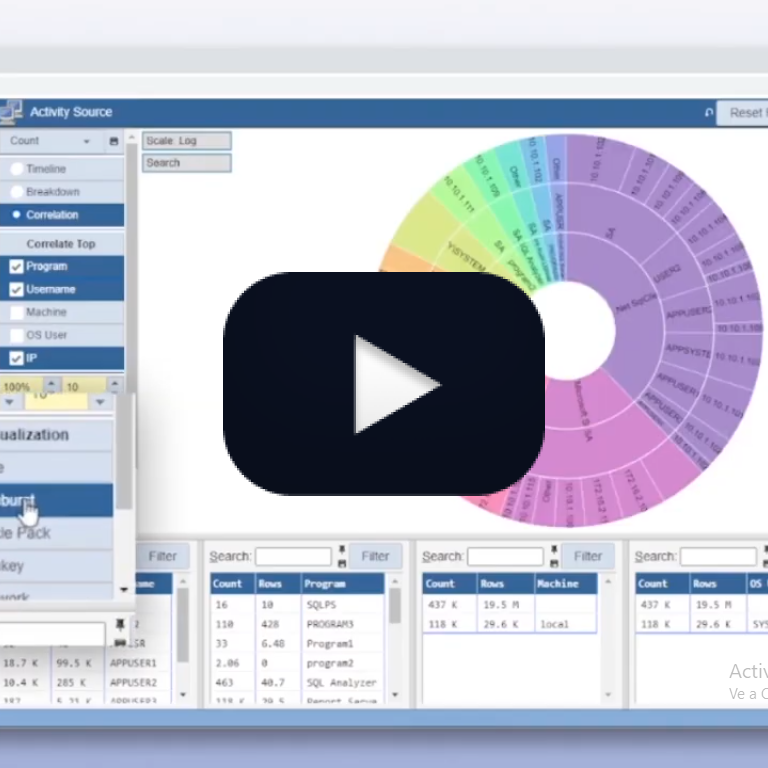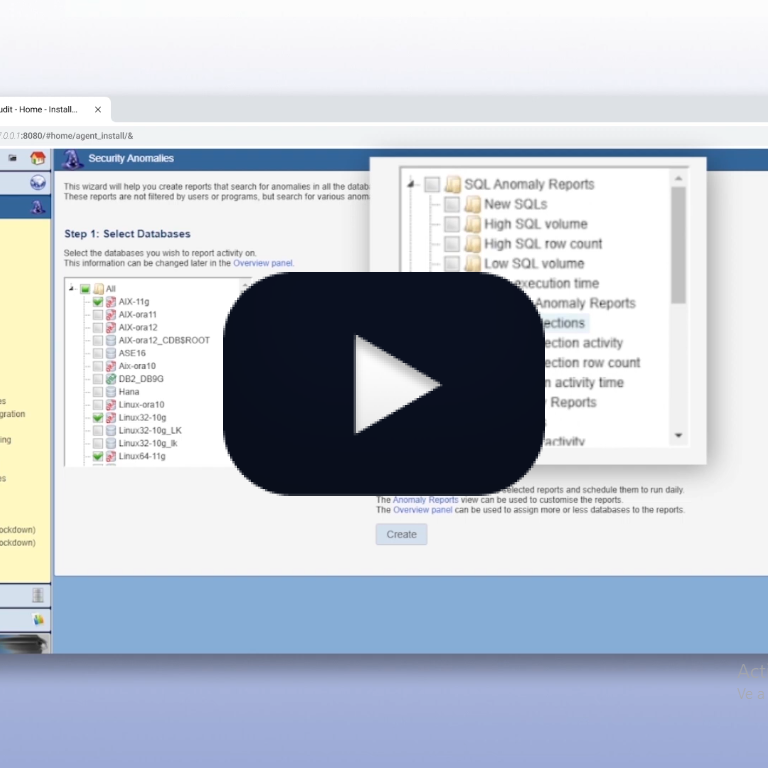One of the popular myths about security is that you can get it out of the box. Just install something, and voila! You’re magically secured. But that never works.
Regardless of what you’re trying to secure, your first step should always be understanding the activity. You should know how the system is used, by whom, when, etc. Gaining this kind of visibility into a live production system is fundamental to figuring out how to secure it.
“You can’t secure what you can’t see.”
However, gaining visibility into IT systems is not simple. It also gets increasingly challenging when the systems process large activity volumes. Databases can process thousands of SQLs every second. All this activity is nearly impossible to understand without the right tools.
Core Audit is a comprehensive security solution that includes, among its many capabilities, the ability to perform proactive forensic investigations. These will give you insight into what’s happening in your database. That’s the first step we recommend when setting up your security.
Once you know what’s happening in your systems, you can design effective reports, configure alerts that make sense, define practical anomaly analysis, and more.
But proactive forensics is not just about setting up your security. It also allows you to identify gaps in your security measures. As activity evolves, we must adjust the controls to fit the new activity patterns, and it’s impossible to do that without visibility. Otherwise, your controls will gradually become outdated and eventually obsolete.
Proactive forensics also lets you identify poor security practices. People sharing accounts, connecting from insecure locations, dumping tables out of the database, and more. While not a breach, these popular bad practices increase your exposure and make a data breach more likely.
There are many motives for regular activity review, but they all share the same underlying reason. We should include people in the security process. No matter the reports, alerts, or automation we create, regular human review can easily flag behaviors and security needs that a machine never will.
Talk to us to learn more and try Core Audit to see the difference.









